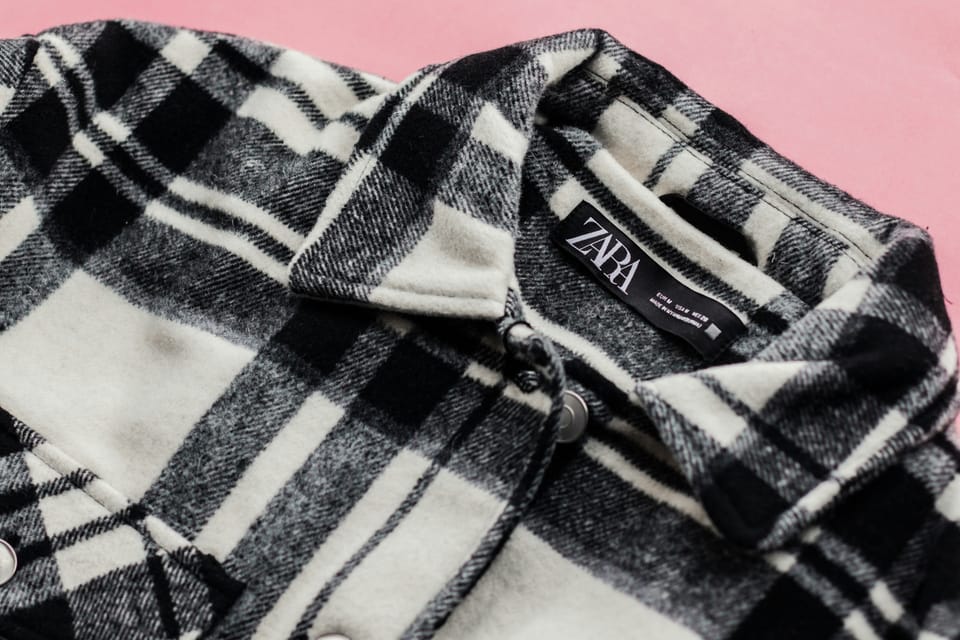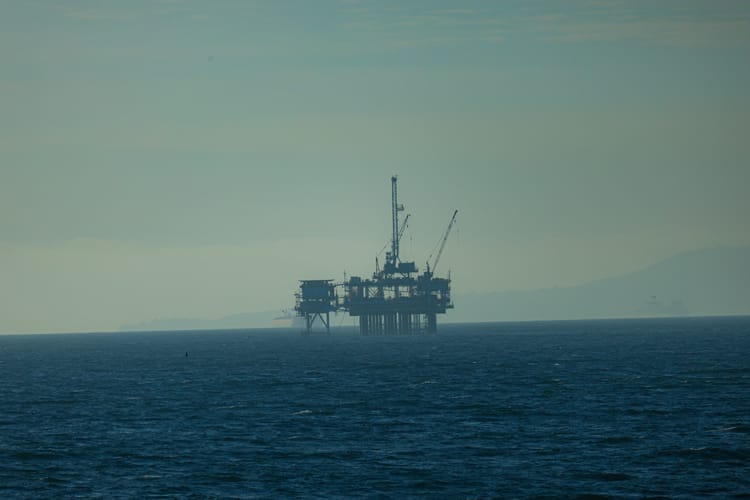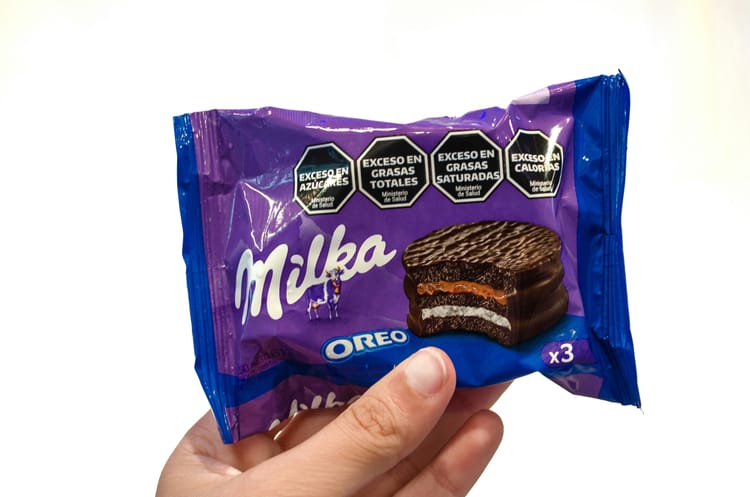Inditex faces supply chain scrutiny amid record profits

Inditex, the world’s largest fast fashion retailer and owner of seven brands including Zara, is being pressured by investors and NGOs to disclose its full list of suppliers amid record growth and profits.
The group recently reported a 14% increase in sales in 2023, with net income jumping more than 30% to €5.4 billion, and sustainability identified as “a key part” of its growth strategy. But while Inditex is investing heavily in circular materials and sustainable innovation, it lags behind competitors on supply chain transparency – an increasingly material topic for investors and regulators.
Lowest traceability grade for Inditex
Inditex ranked 6th out of 52 retail brands analysed by fair fashion NGO Remake World this month in a report assessing their performance across six indicators. But despite scoring high on governance and environmental justice, the Spanish company got a 0 on traceability, being one of 20 companies that still “fail to publish even a Tier 1 supplier list at the sufficient level of detail”.
In contrast, 15 companies – including Abercrombie & Fitch, ASOS, Gap and H&M – disclosed both Tier 1 (cut-and-sew garment factories) and Tier 2 (fabric mills) suppliers. No company has disclosed suppliers down to Tier 3 (processing facilities) or Tier 4 (raw materials) yet.
“When a fashion company shares details about its suppliers, it allows advocates to hold it accountable for what happens in those factories. It allows researchers to do better, more precise work. And it can inform the creation of effective legally binding agreements and legislation,” said Remake World in its report.
Investors are reportedly pressuring Inditex to make these disclosures, arguing that they need the names and locations of suppliers to gauge the firm’s supply chain risks – particularly in light of new and upcoming regulations.
EU regulations could soon force Inditex to improve transparency
The EU just passed its Forced Labour Regulation, which bans the sale in the EU of any item produced with forced or child labour, whether that production happens within our outside European borders. For enforcement, the law will rely on the Corporate Sustainability Due Diligence Directive (CSDDD), which is set to require large companies operating in the EU to map and disclose their entire supply chain in a bid to mitigate environmental and human rights risks.
The initial scope of the CSDDD covered EU-based companies of more than 500 employees and a net turnover of €150 million, as well as non-EU companies with a €300 million net turnover generated in the EU. But following disagreements between member states, the threshold has been lifted from 500 employees to 1,000 and from €150 million to €450 million of turnover. (Either way, Inditex would still fall under its remit.) The revised text will be submitted to a vote today (March 15).
Inditex Scope 3 emissions rising
Inditex has a 2030 science-based target to reduce absolute scope 1 and 2 GHG emissions by 90% and to cut absolute scope 3 GHG emissions by 20%, both from a 2018 base year. And although Scope 3 emissions were 6% lower in 2022 than in 2018, they have been slowly increasing since their 2020 pandemic-related dip.
As seems to be the case with Volkswagen, the increase in Scope 3 emissions is linked to commercial growth. Between 2020 and 2022, Inditex also increased production volumes from 450,146 tonnes of new articles brought to market to 621,244 tonnes (up 38%).
The fashion industry is still struggling to improve sustainability and transparency in its supply chains. Among the 52 companies assessed by Remake World this year, the average accountability score was 14 points – the same as last year. “That is pretty dismal when you consider that there are a total of 150 possible points and the climate crisis is upon us,” said the NGO.







Member discussion